 The bird flu virus (H5N1 virus) has now been found in a number of American dairy herds and in raw milk from infected cows. Thus the medical advice is to avoid raw milk and raw milk products (such as raw milk cheeses). But medical experts and the CDC are now also warning about thoroughly cooking eggs and meat.
The bird flu virus (H5N1 virus) has now been found in a number of American dairy herds and in raw milk from infected cows. Thus the medical advice is to avoid raw milk and raw milk products (such as raw milk cheeses). But medical experts and the CDC are now also warning about thoroughly cooking eggs and meat.
The virus is now in numerous dairy herds, in chicken flocks, and there have been outbreaks among more than 200 mammalian species. This is why medical advice is to avoid eating runny eggs and raw or medium raw beef.
The USDA conducted a study in which high amounts of the virus was injected into beef. No trace of the virus was left after the meat was cooked medium to well done (about 145 to 160 degrees F), but the virus was found in meat cooked to lower temperatures (120 degrees F). [By the way, the USDA recently tested 30 samples of grocery store ground beef and all 30 tested negative for the bird flu virus. But it was only 30 samples!!]
CDC guidelines for Preparing and Consuming Food:
For poultry:
- Cooking poultry and eggs to an internal temperature of 165˚F kills bacteria and viruses, including bird flu viruses. People should separate uncooked (raw) poultry from cooked foods and foods that won’t be cooked. Cook all poultry and poultry products (including eggs) all the way before eating. More information about safe handling and cooking of poultry can be found here: Chicken and Food Poisoning
For beef:
- Cooking beef to the appropriate internal temperature kills bacteria and viruses, including avian influenza viruses. Cook all beef products thoroughly before eating. Refer to this list of safe minimum internal temperatures for different cuts of beef. Separate uncooked (raw) beef from cooked foods or foods that won’t be cooked to prevent cross-contamination.

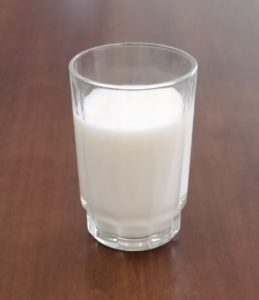 Time to avoid raw milk and raw milk cheeses. The bird flu virus (H5N1) has been spreading among dairy cows for months, and now scientists are finding extremely high amounts of the bird flu virus in cows' milk. The good news is that pasteurization will kill the virus.
Time to avoid raw milk and raw milk cheeses. The bird flu virus (H5N1) has been spreading among dairy cows for months, and now scientists are finding extremely high amounts of the bird flu virus in cows' milk. The good news is that pasteurization will kill the virus.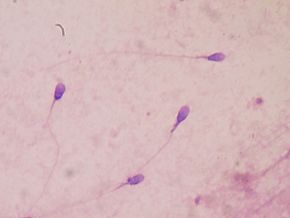


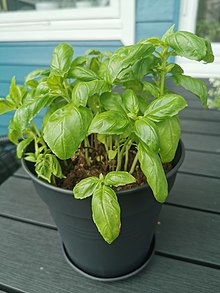
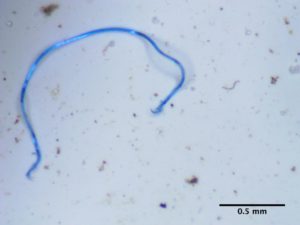
 Brains age as a person ages. Brains shrink a little over time, and thinking may not be a good as it was years ago. So you absolutely want to delay brain aging and cognitive decline. A recent
Brains age as a person ages. Brains shrink a little over time, and thinking may not be a good as it was years ago. So you absolutely want to delay brain aging and cognitive decline. A recent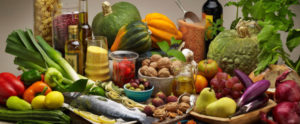 They found that certain nutrients, food groups, and foods are associated with healthier brains (delayed brain aging). One should eat a diet rich in fruits, vegetables, seeds, nuts, as well as dairy and choline rich foods (e.g., eggs). The beneficial combination of nutrients fall into 3 main groups, with especially good sources given:
They found that certain nutrients, food groups, and foods are associated with healthier brains (delayed brain aging). One should eat a diet rich in fruits, vegetables, seeds, nuts, as well as dairy and choline rich foods (e.g., eggs). The beneficial combination of nutrients fall into 3 main groups, with especially good sources given:

